A widespread food shortage can start with the inability to produce staple crops like corn, wheat, and food for farm animals.
Today, many commercial meat farms are filled with animals packed into tiny growing areas. It may not be possible for these farmers to simply put their animals out to graze on pastures as our ancestors did. The bottom line is when our farms fail because of weather or other problems, broad-spectrum food shortages are inevitable.
Many people will read this article and say “Why worry about sprouts and microgreens when I can just go hunt a deer or something?”. Unfortunately, if the weather patterns are severe enough to prevent adequate farming, there is also a good chance that wildlife will also be affected.
Regardless of how long or short a food shortage goes on, being able to create your own complete food source in a minimal amount of space is essential. If you are extremely adverse to eating insects or have very little room for a large enough garden (to supply a nutritionally adequate vegan diet), sprouts and microgreens may be your best option. Here are some basic recipes that you can use to get the most out of microgreens and sprouts.
Choose the Right Plants and Acclimate Your Body to a Plant Based Diet
As simple as it may sound, choosing the right plants is the most important method for ensuring you get a balanced meal from microgreens and sprouts. That task can be a bit challenging if you do not have access to nutritional indexes that will tell you the specific nutrients in each sprout.
Even with information about vitamin, amino acid, and protein content, it is important to remember that nutrients are organized differently within plants than they are in animal flesh. You will still need to go through a “trial and error” period while your body adapts to getting nutrients exclusively from plant-based foods. Give yourself at least 1 to 2 years to gradually adjust to a completely plant-based diet.
During that time, work with your doctor to monitor, at a minimum, B vitamin levels, Vitamin D, and also blood counts. If you are not getting the right balance, or are having difficulty absorbing iron or other nutrients, it will show up in the blood work before it makes you sick. Because nutrient cascades can create complicated chains and layers of proteins and vitamins that also differ from person to person, you may need to do a bit of homework to figure out how best to tweak your diet.
Basic Preparation
Over the years, I often find myself saddened by the number of people that think they can get all their nutrients by consuming a few raw plants. While there is something to be said for vitamins and minerals being better preserved by consuming some foods raw, this is not the case in all plant-based foods. For example, some proteins and other nutrients in raw, unprocessed nuts and seeds may not be digestible if they aren’t soaked or boiled for a few hours. Even though sprouting the seeds removes some of the molecules that inhibit digestion, others may remain.
Some microgreens and sprouts may also need to be cooked or soaked to get the most nutritional value out of them. It is best to soak them first, and then cook them in order to get rid of as many pathogens as possible. If the plant has nutrients that are damaged by heat and your food sources are limited, try soaking in apple cider vinegar or other herbs that will kill off pathogens.
Soups and Smoothies
Microgreens and sprouts are similar to many other plant-based foods in the sense that they cook down to almost nothing if you aren’t careful. Since the only thing being lost is water, the fastest way to prepare microgreens revolves around adding water back after making sure there are no pathogens in the food.
As a result, you can easily dry microgreens and sprouts out to a point where they are dry enough to store away without the need for refrigeration. These packets can be arranged based on the plant type, or you can mix them together to create one meal per packet.
Soups and smoothies are ideal when you want to integrate a number of different plant material types and want a single serving to cover all nutrients. Just remember not all foods will taste well when blended together. In those situations, salt, hot sauce, or red pepper should be strong enough to cover any problematic taste in a soup.
You can also try using peppermint or spearmint. Both plants are very easy to grow in limited space. It is also very easy to get a good bit of flavoring from a relatively small amount of plant materials. This includes making oil infusions without having to go through the whole process of making essential oil.
Making smoothies and soups always comes down to finding the best ratio of liquid to solid material. If you are working with powders, start off with 1 part solid to 2 parts water for soups, and 1:1 for smoothies. For plant material that you cooked, but didn’t dehydrate, try 1 part solid to 1 part water for soups, and 1 part solid to ½ part liquid for smoothies.
From there, you can adjust the water up or down (boil or drain some off) as needed. Just remember to calculate your solids based on what your nutritional goals are. For example, if you need one cup of powder to get enough calories and nutrients, then you would calculate the water amount from there as opposed to trying to measure in tablespoons or some other quantity that you might find in a cookbook.
Salads
As you may be aware, the main difference between microgreens and sprouts revolves around the fact that microgreens are germinated in the soil while sprouts are germinated in water. As such, by the time the plant becomes visible, it is past the stage at which you would harvest sprouts. You can also let microgreens continue growing for a few days until they get their first true leaves.
Most people consider microgreens and sprouts for use in addition to larger salad items such as tomatoes and lettuce. That being said, there are some plants that produce fairly large primary leaves within a week or two that can be used to create more bulk in a salad. For example, right now most people don’t think of pumpkins or zucchini as plants suitable for producing microgreens. Nevertheless, the leaves of both plants are edible.
In the case of zucchini, you may also want to let the plant grow to full maturity and harvest from it year-round. This would give you viable seeds to germinate for microgreens and sprouts even as you consume other parts of the plant.
Grinding for Use In Crackers, cookies, and Bread
I must admit, next to pies and cakes, bread and cookies are some of my favorite foods. All of these items require, at a minimum, water and some kind of flour. As noted earlier, microgreens and sprouts are fairly easy to dehydrate in a solar device or an electronic dehydrator. You can even dehydrate foods on the dashboard of your car in a pinch.
Overall, you will find that grinding microgreens and sprouts is much easier than doing the same for nuts and grains. After you dehydrate sprouts and microgreens, they will crumble apart very easily. You can use a rolling pin over a plastic bag to make a fine flour or even a conventional wheat flour sifter. Alternatively, you may want to try using a mortar and pestle.
Once you have flour, you can turn it into leavened or unleavened bread. For leavened bread, I recommend keeping a sourdough starter running. The microorganisms in sourdough usually rely on starch, so you will need to use sprouted grains to feed the starter. You may also want to experiment with bean sprouts and other plants that have a higher carbohydrate content.
If you are interested in making cookies, you will usually need some kind of binding agent. The easiest way to get a binding agent is to take some plant-based material (not the flour because you will need as much oil from the plant as possible) and 2 parts water to 1 part flour.
Mix them together, and then squeeze the liquid through cheesecloth or a bag for making nut milk. Take the liquid and boil it down until it is about the consistency of raw scrambled eggs. Depending on the oil content of the plant, you may or may not get a binder that will be suitable for keeping the cookies together.
In a time of need, you may wind up in a situation where it is not possible to wait for crops to grow over the course of weeks or months. You may also be in a situation where you don’t have enough room to grow conventional plants. Microgreens and sprouts are ready in a fraction of the time and take up very little space. As long as you have a broad base of nutrients represented by the plants and know how to prepare the foods safely, microgreens and sprouts can form a vital part of your preparations for a food shortage.


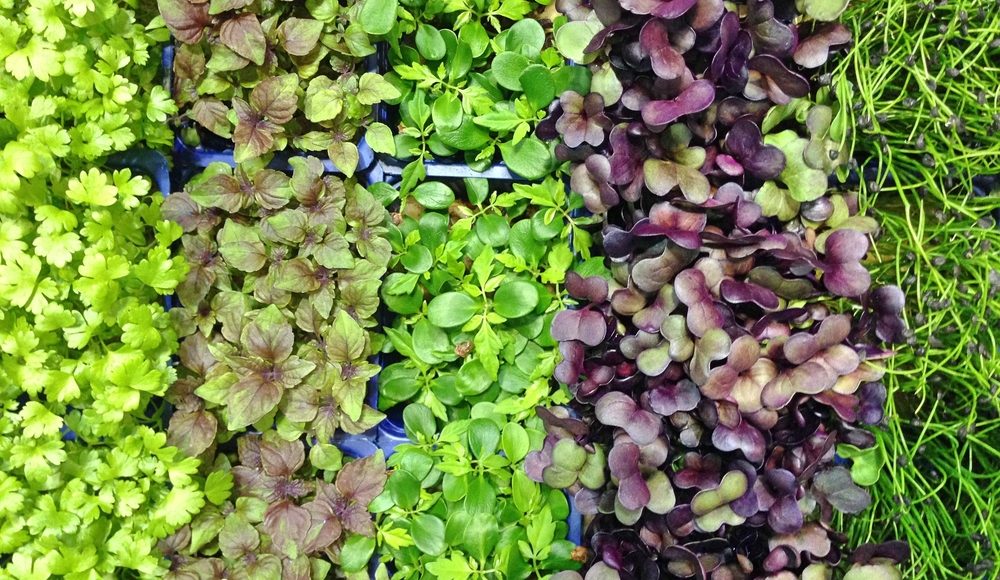
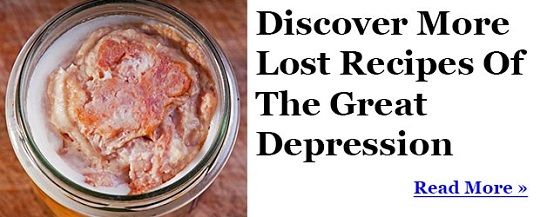
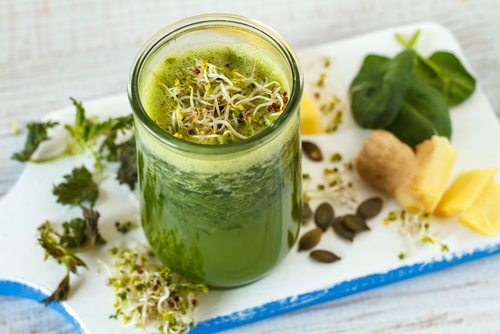

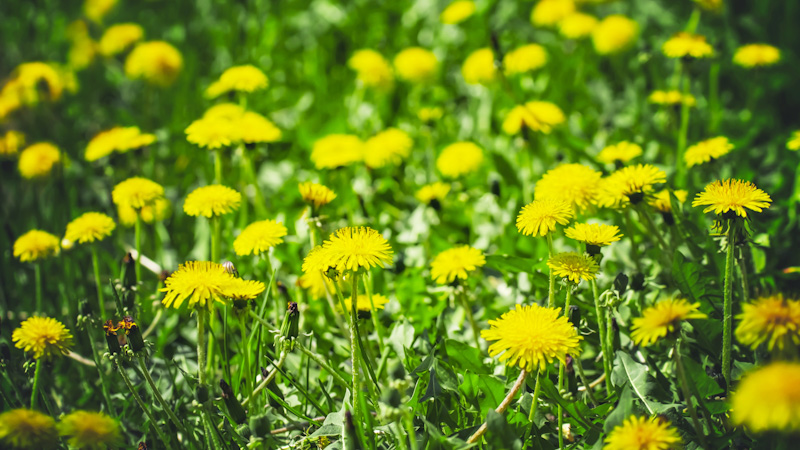


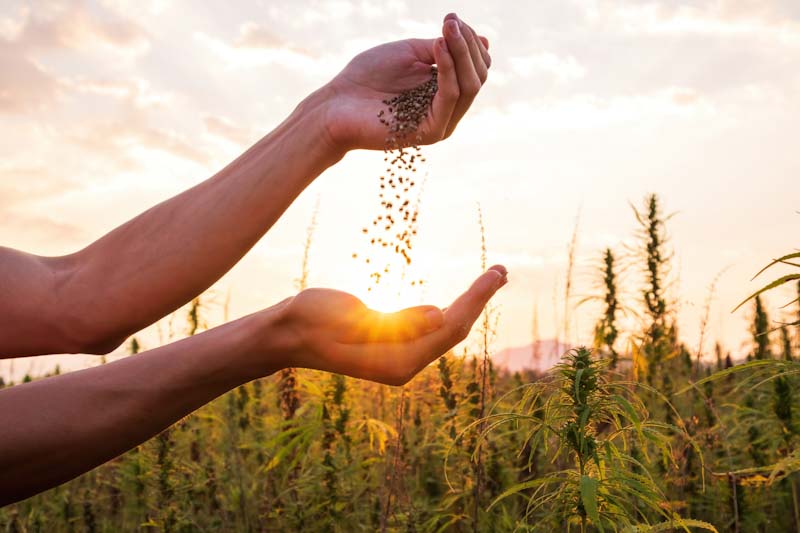


Bill in Idaho | June 7, 2020
|
WOW ! I Really Welcome this article, Carmela. I believe that this Information is So Vital, that it should supercede almost All other Information regarding growing, harvesting, preparing, and consuming Real Foods. (Greens that are Really Nourishing, Unlike Lettuce). Thank You so Very Much !
SkiptheBS | June 26, 2020
|
The logical and inexpensive thing to do, in the event of crisis, would be to gather the edible seeds of edible weeds and sprout or grow them into microgreens.